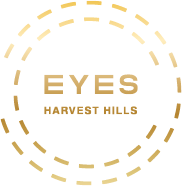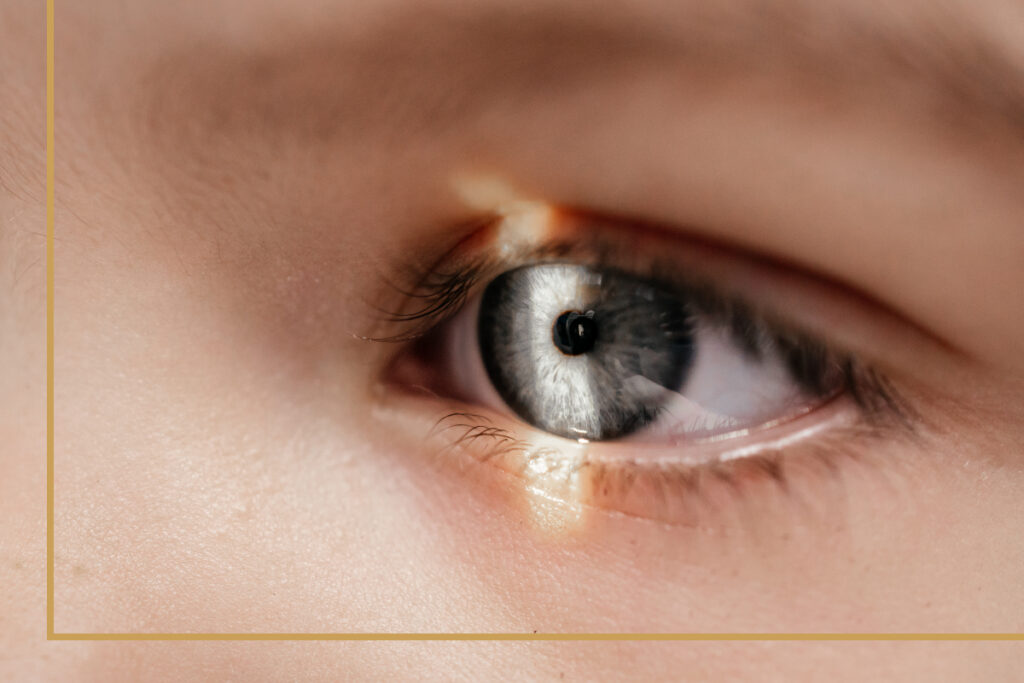At Eyes Harvest Hills, we know that seasonal changes in daylight can take a real toll on your eyes and vision. As daylight hours shorten in fall and winter, many people notice changes in how their eyes feel, especially during evening hours or when driving after dark. Between dim lighting, glare, and shifts in contrast, your eyes may work harder to see clearly. That’s why it’s even more important to pay attention to your eye health, monitor your prescription, and adapt to new visual challenges.
Reduced Daylight and Eye Strain
When the sun disappears earlier, our eyes have less ambient light to rely on. Tasks like reading, computer work, or household chores could become more visually demanding in dim light. Over time, that added strain can cause fatigue, headaches, and blurred vision.
Because indoor lighting is rarely as uniform or bright as sunlight, your eyes may need to continually adjust between bright and dark areas. That dynamic lighting can exacerbate symptoms of digital eye strain or dryness, even in people who don’t normally experience them. At Eyes Harvest Hills, we can perform a comprehensive eye exam to detect subtle changes in vision or eye health that may not yet be obvious.
Additionally, reduced natural light can make contrast perception harder, so details in low-contrast settings (like reading light-colored text on a dim screen) become tougher to discern. Your visual system compensates by overworking the focusing muscles, which can lead to fatigue and discomfort.
Night Driving Becomes More Challenging
One of the first signs many people could notice as daylight shrinks is that driving at night becomes noticeably harder. Glare from headlights, light reflections off wet roads, and poor contrast between objects and backgrounds all factor in. Your pupils dilate more in low light, which can amplify glare and halos around lights.
Difficulty with night vision is more than just bothersome, and can be a safety concern. If you find yourself squinting, slowing down, or taking extra time to judge distances in low light, these could be early indicators that your visual system is struggling to keep up. During your next visit at Eyes Harvest Hills, mention your night driving experiences.
We offer specialty lens options and modern diagnostic tools to gauge how light management and visual contrast affect your everyday vision.
When to Reconsider Your Prescription
With changing daylight, you may find that your current eyewear prescription doesn’t perform as well in lower-light conditions. Subtle shifts in vision, especially for tasks done in dimmer settings, can go unnoticed until glare or strain become obvious.
If you notice that glasses or contacts feel “off” when dusk falls, or that you’re squinting more frequently in moderate light, it may signal it’s time to consider or update eye correction. We at Eye Harvest Hills offer testing and diagnostics that go beyond visual acuity, such as assessing for ocular diseases, intraocular pressure, and retinal health are especially important since many eye conditions develop subtly. These exams help ensure that your vision prescription aligns with how you actually experience light in daily life, especially during the darker months.
What We Recommend for Healthier Vision Year-Round
Here are some practical steps we recommend to help your eyes adjust more comfortably as daylight changes:
- Increase indoor ambient lighting in work or reading areas to reduce contrast stress.
- Use anti-glare coatings or lenses designed for low-light situations.
- Avoid staring at bright screens in dark rooms—use proper lighting behind and around displays.
- Take regular breaks (20-20-20 rule: look 20 feet away for 20 seconds every 20 minutes).
- Schedule your comprehensive eye exams consistently, and don’t wait until symptoms worsen.
Putting It All Together
Changing daylight is more than just an aesthetic shift, and can present real visual challenges. At Eyes Harvest Hills, we’re committed to helping you navigate these changes through proactive eye care. Your eyes adapt, but they need support: updated prescriptions, good lighting strategies, and regular vision checkups.
If you’re finding it tougher to see during dusk or nighttime, or simply want peace of mind heading into darker months, we’d be glad to help. Contact us to book an appointment to assess your needs and understand how your eyes are performing as daylight dwindles. Let’s make sure your vision stays sharp, comfortable, and safe, no matter how long the nights become.

